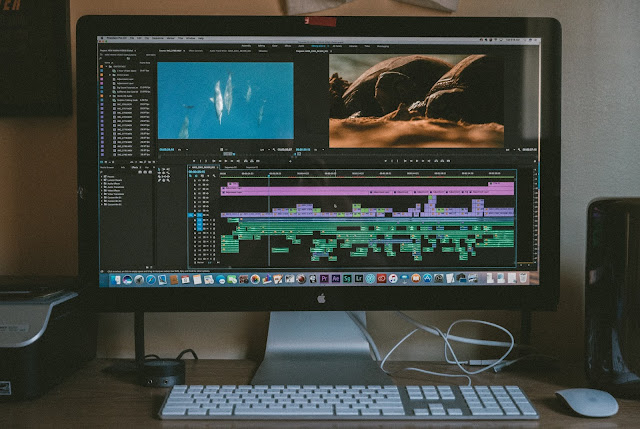Tips — Writing for Translation
Tips — Writing for translations Applying the following methods will ease translation and help to avoid the misinterpretation that often results in translation errors. Avoid random or unnecessary capital letters. Extra capital letters in English can fool the translator into assuming more words are brand names or proper nouns, changing how the text is translated. Even consider moving your corporate style toward upper case or “sentence case” for heads and subheads. Sentence case (first letter is capped) is very popular globally, while Americans often use “title caps” (select important words are capped) or all initial caps. EXAMPLES Upper case: THE RED BALL BOUNCES ONTO THE COURT. (preferred) Sentence case: The red ball bounces onto the court. (preferred) Title caps: The Red Ball Bounces onto the Court. Initial caps: The Red Ball Bounces Onto The Court. Use short sentences, simple grammar, and “active voice” . Technical information resources will often include long, ...
